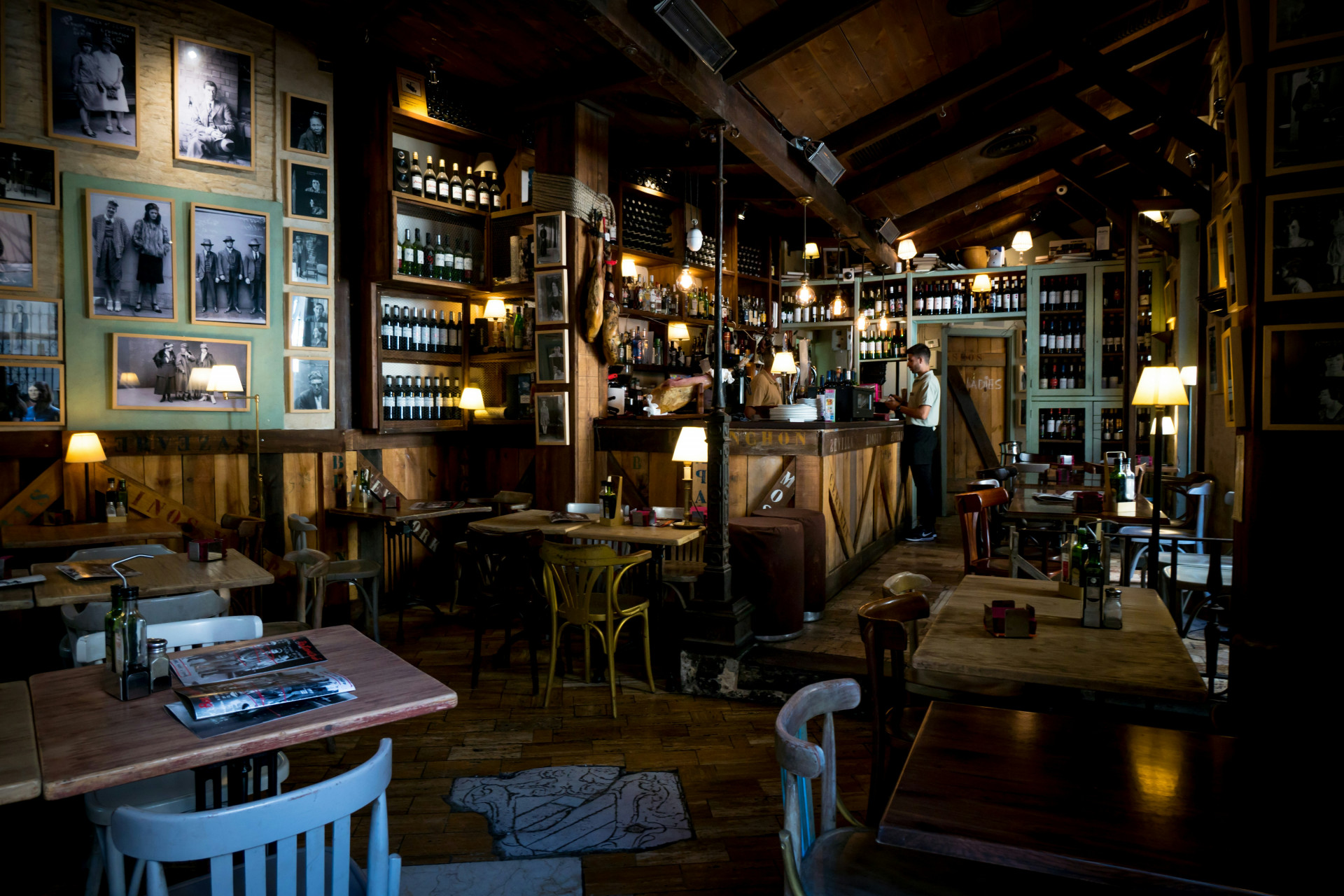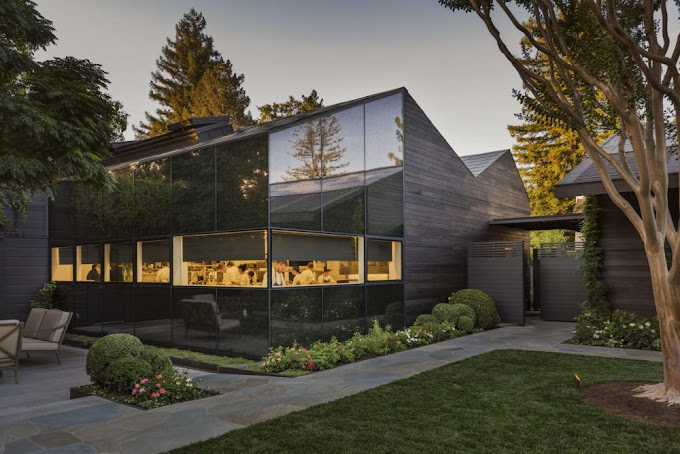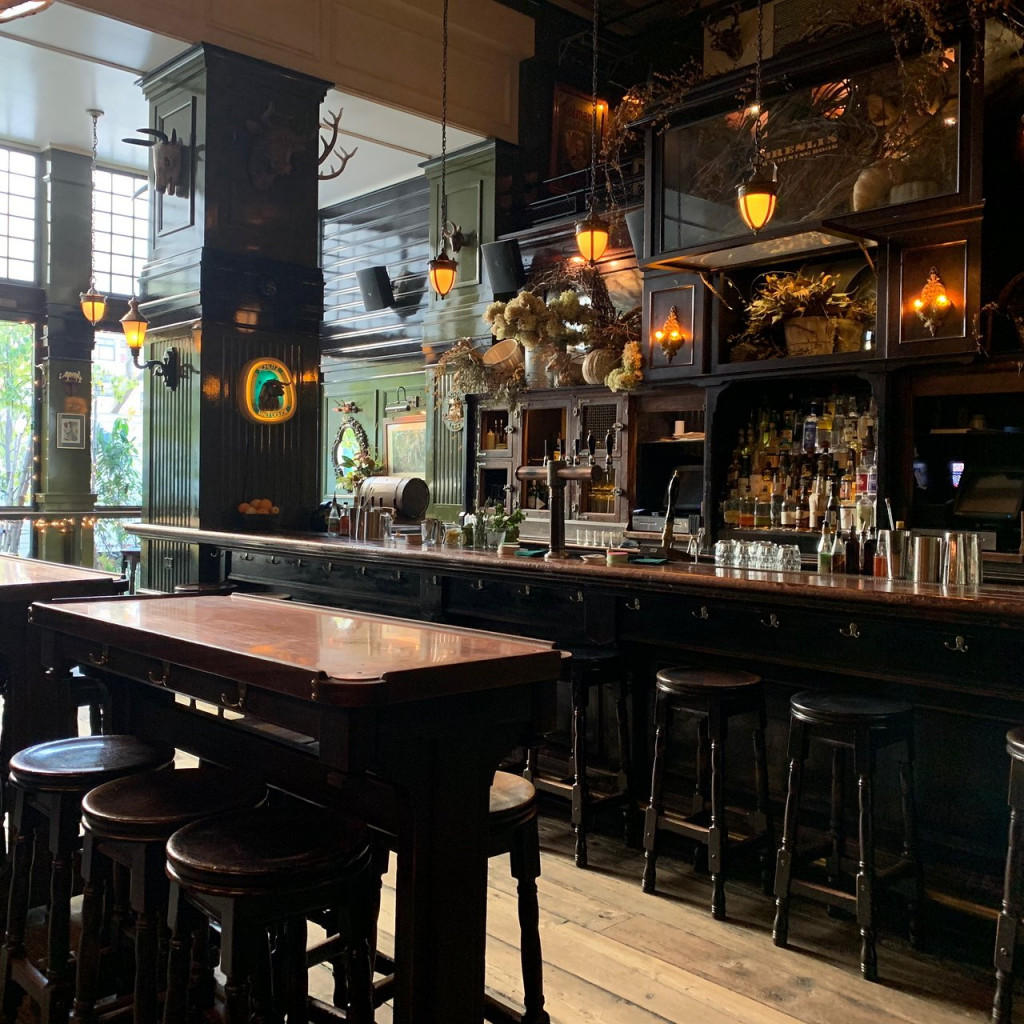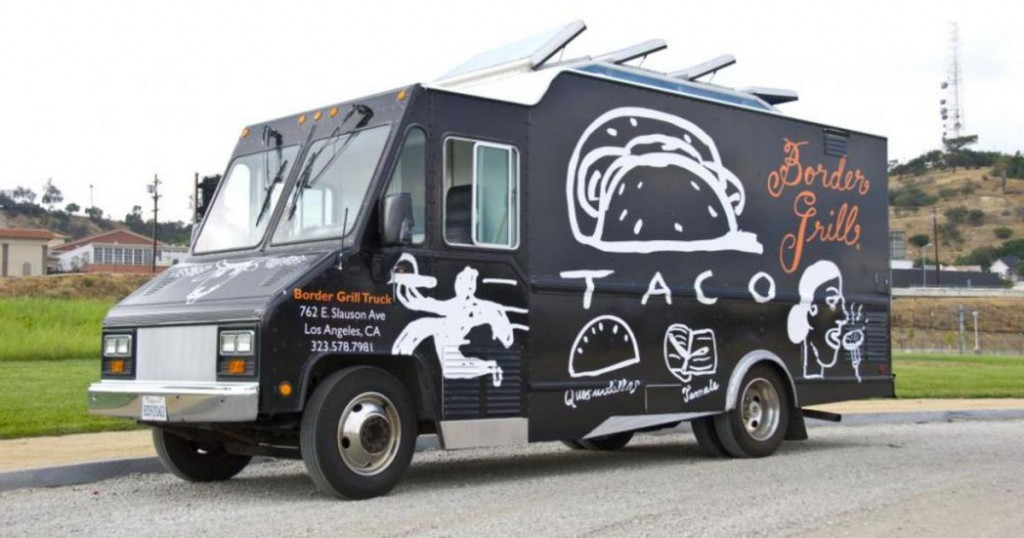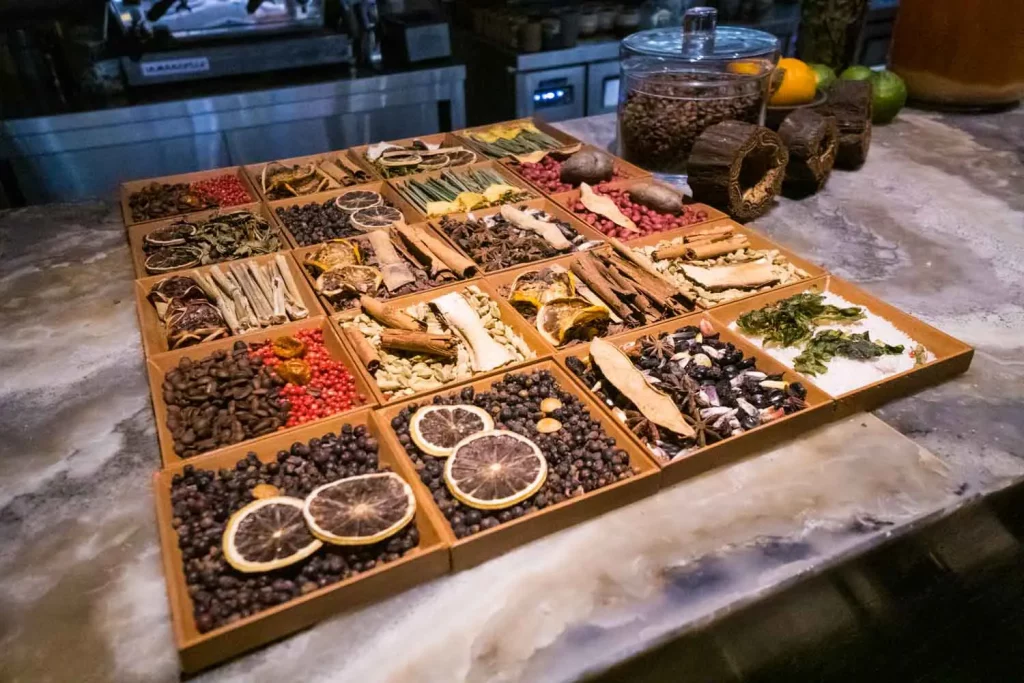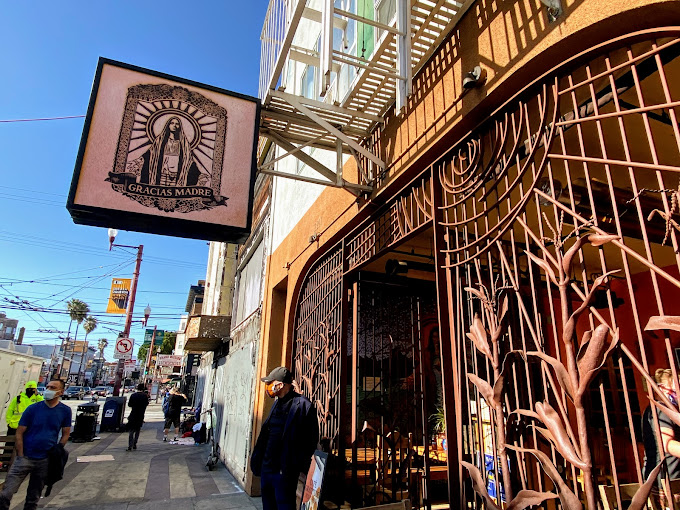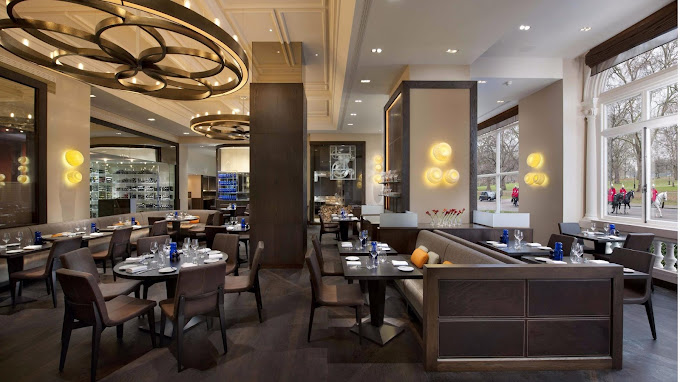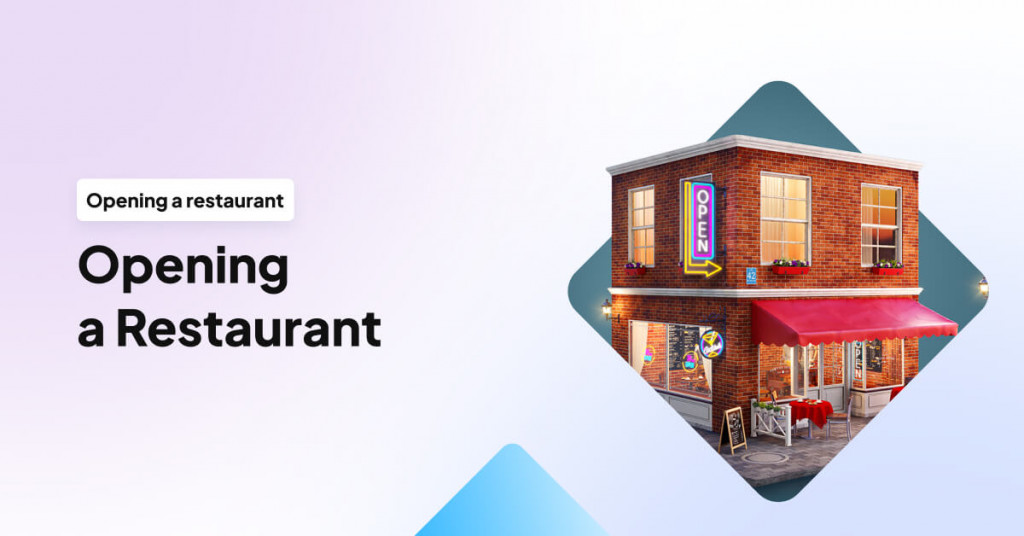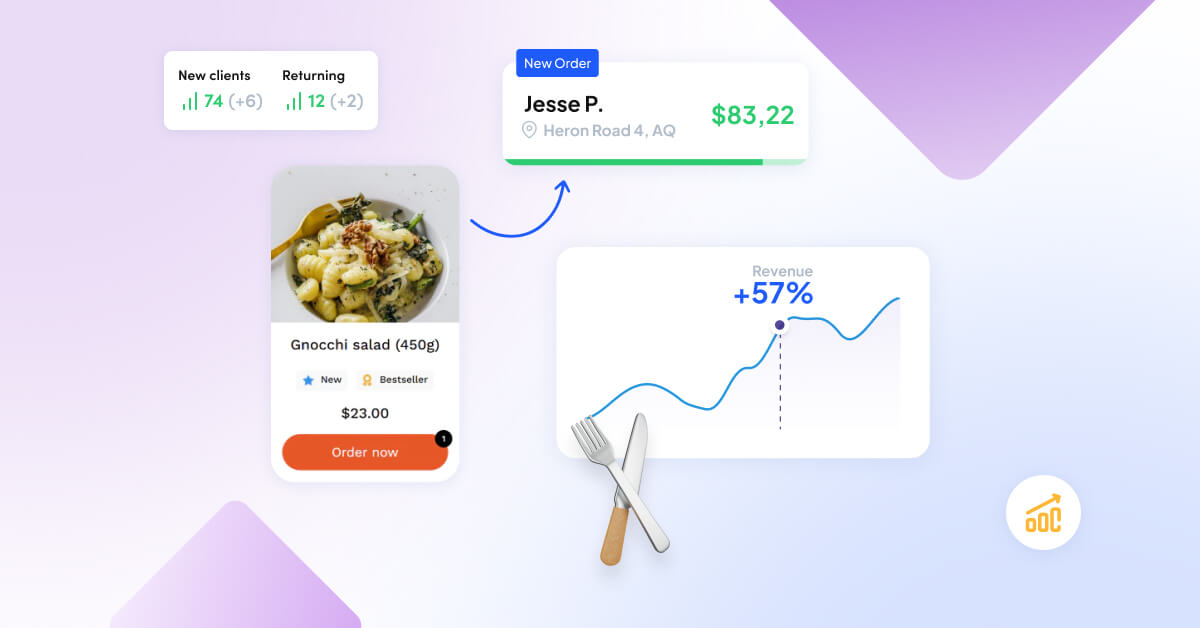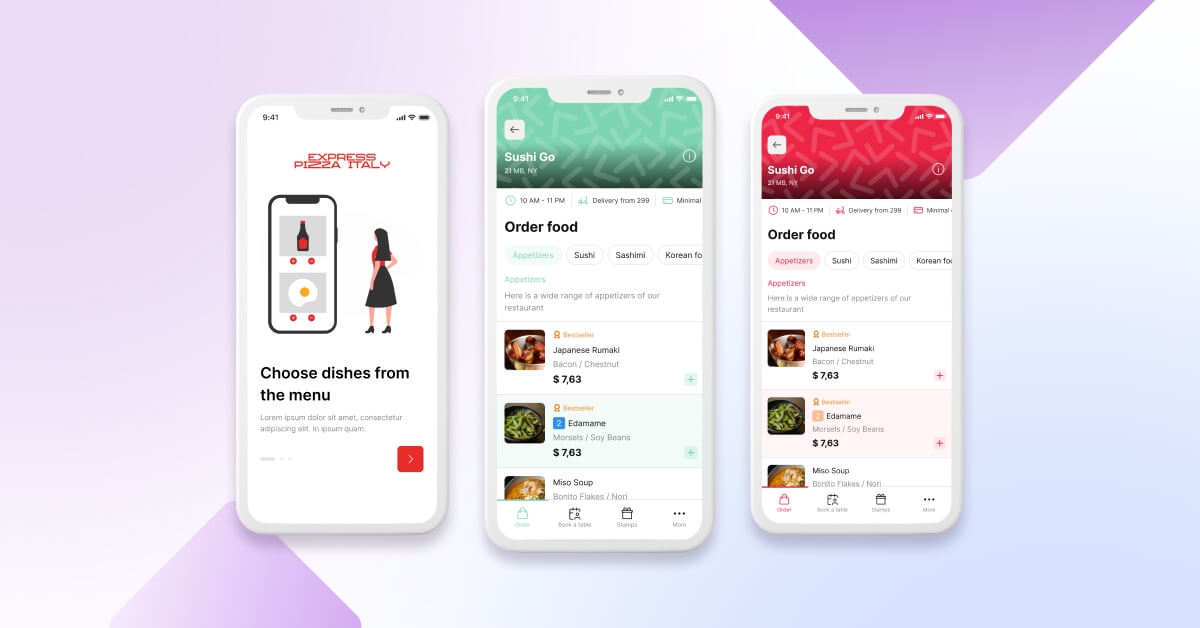Entering the restaurant industry can be both exciting and challenging, especially with so many unique concepts and trends emerging.
This guide offers creative small restaurant ideas and practical advice to help you stand out in a competitive market.
Whether you’re starting a new restaurant or an innovative pop-up, you’ll find the inspiration needed to turn your vision into a thriving business.
Key Takeaways
- Concept is Key: Your restaurant’s concept and theme are fundamental to its success. Choose a concept that resonates with your target audience and sets you apart from competitors.
- Design for Efficiency: Efficient space utilization and a well-thought-out layout can significantly impact the customer experience and the restaurant’s daily operations.
- Innovation Matters: Be open to creative and innovative restaurant ideas and concepts. The industry is ever-evolving, and staying ahead can lead to success.
- Quality Over Quantity: Focus on delivering high-quality food and service, even in a small restaurant. Quality will earn you loyal customers and positive reviews.
- Adapt to Trends: Stay informed about food and restaurant trends. Adaptation and staying current can keep your restaurant relevant and appealing.
What is a Small Restaurant Concept?
A small restaurant concept defines the overall theme or idea behind a restaurant. It encompasses elements like the type of cuisine, service style, dining room design, and the overall dining experience.
Whether you’re looking to open a cozy coffee shop, a food hall, or a fine dining restaurant in a small space, your concept will guide how you design the restaurant space, market to your target audience, and create a memorable experience for customers.
25 Small Restaurant Ideas and Concepts
Now, let’s explore 25 inspiring small restaurant ideas and concepts that are poised to make a significant impact on your own restaurant.
From cozy neighborhood gems to cutting-edge niche eateries, these concepts have the potential to captivate diners and set your restaurant apart in the competitive market.
1. Farm-to-Table Haven
Embrace the farm-to-table concept by sourcing ingredients locally. For instance, “The French Laundry” in Napa Valley, California, is renowned for its commitment to using the freshest local produce.
2. Pop-Up Dining Experience
Create a sense of anticipation with a pop-up restaurant that appears at unexpected locations. “Noma’s Under the Bridge” in Copenhagen is a prime example, offering unique dining experiences in various settings.
3. Food Truck Fusion
Blend the mobility of a food truck with the comfort of a restaurant. “Kogi BBQ” in Los Angeles gained fame for its Korean-Mexican fusion cuisine served from a truck.
4. Hidden Speakeasy
Tap into nostalgia with a hidden speakeasy-style bar and restaurant, like “Please Don’t Tell” in New York City, accessible through a phone booth inside a hot dog joint.
5. Interactive Dining
Offer interactive dining room experiences, such as “Dans Le Noir” in London, where diners enjoy meals in complete darkness, heightening their senses.
6. Ethnic Fusion
Combine flavors from different cultures, like “Mission Chinese Food” in San Francisco, which infuses Chinese cuisine with a Western twist.
7. Microbrewery Eatery
Pair craft beers with your food menu, like “Dogfish Head Brewings & Eats” in Delaware, known for its inventive beer and food pairings.
8. Elevated Comfort Food
Elevate comfort classics, such as “Homeroom” in Oakland, specializing in gourmet macaroni and cheese.
9. Artistic Expression
Blend food and art, like “El Celler de Can Roca” in Spain, which incorporates culinary innovation and visual art into every dish.
10. Culinary Classes
Offer cooking classes alongside your restaurant, giving diners the chance to learn and savor, similar to “Cooking with Class” in La Jolla, California.
11. Minimalist Elegance
Embrace a minimalist design with a focus on high-quality ingredients, akin to “Saison” in San Francisco, celebrated for its elegant simplicity.
12. Food in Jars
Serve creative dishes in jars for a unique presentation, as seen at “Jar” in Los Angeles, known for its modern comfort food.
13. Community-Driven Dining
Create a sense of community with communal tables and shared dishes, like “The Breslin” in New York City, where strangers become friends over food.
14. Gourmet Food Trucks
Elevate street food with gourmet food trucks, similar to “BäcoShop” in Los Angeles, celebrated for its baco sandwiches.
15. Zero-Waste Kitchen
Commit to sustainability by operating a zero-waste kitchen, like “Silo” in London, where every element of the dining experience is eco-conscious.
16. Molecular Gastronomy
Explore the world of molecular gastronomy, as “Alinea” in Chicago does, crafting visually stunning and innovative dishes.
17. Underwater Dining
Dive into the depths with underwater dining experiences, like “Ithaa Undersea Restaurant” in the Maldives, offering an unparalleled view of marine life.
18. Dine-in Nature
Create dining experiences in natural settings, such as “Noma” in Denmark, which transforms an urban garden into a culinary paradise.
19. Tiny Chef’s Table
Offer an intimate chef’s table experience for a handful of diners, as “Trois Mec” in Los Angeles does, creating a truly personal connection.
20. Culinary Laboratory
Turn your restaurant into a culinary laboratory, experimenting with avant-garde techniques, much like “Central” in Peru.
21. Tea Tasting
Focus on tea and tea pairings, offering a unique alternative to traditional wine pairings, as “Smith Teamaker” in Portland does.
22. Interactive Buffet
Go beyond the traditional buffet with an interactive, chef-guided dining experience, similar to “Wicked Spoon” in Las Vegas.
23. Home-Style Comfort
Recreate the cozy feeling of home-cooked meals, like “Dama” in Los Angeles, which offers Latin American comfort food.
24. Vegetarian and Vegan Haven
Cater to plant-based diners with a vegetarian or vegan-focused restaurant, such as “Gracias Madre” in San Francisco.
25. Food as Art Installation
Transform your restaurant into an art installation with ever-changing themes and immersive dining, similar to “Dinner by Heston Blumenthal” in London.
These 25 small restaurant ideas and concepts showcase the diversity and innovation within the culinary world, offering inspiration for those looking to make their mark in the restaurant industry.
Each concept presents a unique opportunity to create a dining experience that resonates with a specific audience and leaves a lasting impression on guests.
Trending Small Restaurant Design Ideas
In 2024, small restaurant type design trends focus on maximizing space while creating inviting, functional environments. Emphasizing minimalist aesthetics, natural materials, and smart lighting solutions, these designs enhance both the customer experience and operational efficiency.
- Fast Food Restaurants: Offering gourmet twists on classic fast food with healthier and more sustainable options.
- Pop-Up Restaurants: Temporary dining spaces that allow experimentation with new concepts and locations.
- Ghost Kitchens: Delivery-only kitchens that reduce overhead by eliminating the need for a physical dining space.
- Fast Casual Restaurants: Combining the speed of fast food with the quality and experience of sit-down dining, focusing on fresh, health-conscious options.
- Fine Dining Restaurants: Smaller, intimate fine dining experiences that focus on exclusivity and personalized service in a more accessible setting.
How to Choose the Right Small Restaurant Concept
Choosing the right small restaurant concept is crucial for aligning your vision with your target audience and maximizing your space.
Following these steps, you can create a unique and memorable dining experience that stands out in a competitive market.
- Understand Your Target Market: Research your potential customers’ preferences, dining habits, and trends.
- Assess Your Restaurant Location: Consider foot traffic, local competition, and community demographics.
- Define Your Vision: Clarify your restaurant’s theme, menu offerings, and overall dining experience.
- Evaluate Space Limitations: Plan a restaurant interior design and layout that maximizes your small space for both efficiency and ambiance.
- Consider Budget and Resources: Align your concept with available funds, staffing, and operational needs.
How to Design a Small Restaurant?
Designing a small restaurant is a critical aspect of creating a unique and inviting dining experience. Here’s how you can approach it:
- Define Your Concept: Start by clearly defining the concept and theme of your restaurant. Is it a cozy cafe, a rustic bistro, or a vibrant fusion eatery? Your concept will dictate the design elements you’ll incorporate.
- Optimize Space: Maximize the use of your limited space by choosing versatile furniture and layouts. Consider space-saving furniture like stackable chairs and tables to accommodate different group sizes.
- Aesthetic Ambiance: Your restaurant’s ambiance sets the mood. Select a color scheme, lighting, and decor that align with your concept. For instance, warm tones and dim lighting may work for an intimate setting, while bright colors and open spaces can create a lively atmosphere.
- Functional Flow: Ensure a smooth flow for both customers and staff. The layout should facilitate easy movement without overcrowding. Place the kitchen, bar, and service areas strategically for efficiency.
- Unique Features: Add distinctive elements that make your restaurant memorable. This could be a signature wall art piece, custom-made furniture, or a cozy corner with a fireplace.
- Comfortable Seating: Invest in comfortable restaurant seating to enhance the dining experience. Consider booth seating, bar stools, and outdoor seating options if space allows.
- Acoustics: Pay attention to sound design to avoid noise disturbances. Use sound-absorbing materials like acoustic panels and carpeting to create a pleasant auditory environment.
- Accessibility: Ensure your restaurant is accessible to all customers, including those with disabilities. Comply with accessibility guidelines and provide ramps or elevators if needed.
- Outdoor Space: If possible, create an outdoor seating area or patio. It adds versatility and attracts diners who prefer al fresco dining.
- Greenery and Plants: Incorporate greenery and plants to bring life to your small restaurant. Indoor plants and herb gardens can also contribute to the ambiance.
- Technology Integration: Use technology to streamline operations. Implement a user-friendly online ordering system, online reservations, and digital menus to enhance customer convenience.
- Maintain Flexibility: Be prepared to adapt and make changes based on customer feedback and evolving trends. The design should allow for easy modifications.

